The Eiffel Tower stands as one of Europe’s most iconic landmarks, a symbol of Parisian grandeur and engineering prowess. While crowds and costs may deter some, the thrilling ascent to the summit is a journey worth taking. It’s an experience that will leave you in the esteemed company of millions who have witnessed this architectural masterpiece firsthand.
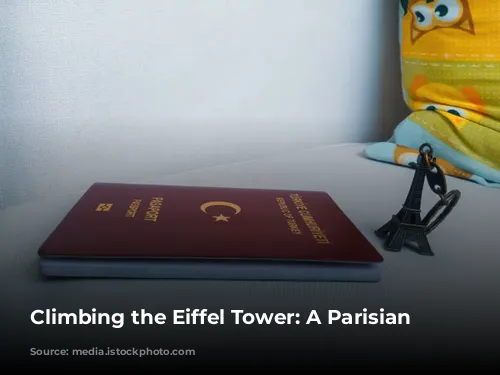
A Legacy of Iron and Ingenuity
The Eiffel Tower’s history is as captivating as its design. Born from the Paris World’s Fair in 1889, it was a testament to France’s ingenuity and industrial might. Imagine 18,000 pieces of iron, meticulously assembled with 2.5 million rivets! The tower’s purpose wasn’t purely aesthetic; it was a bold declaration of French technological dominance.
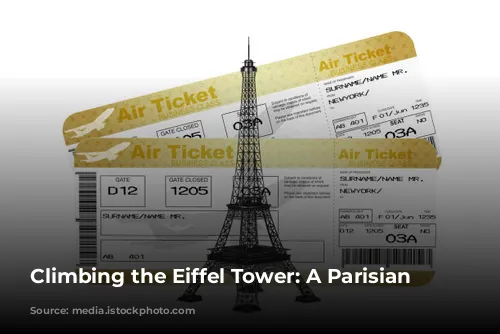
A Tower Saved from Demise
Initially intended as a temporary structure, the Eiffel Tower was slated for demolition after 20 years. However, the innovative genius of its designer, Gustave Eiffel, ensured its survival. By adding a radio antenna and telegraph transmitters, the tower became essential for communications, ultimately leading to its preservation. The French government recognized its newfound value, and the Eiffel Tower became an indispensable asset during World War I, playing a crucial role in jamming German radio communications.

Navigating the Tower’s Heights
Ascending the Eiffel Tower today is an experience filled with anticipation and reward. However, savvy planning is crucial to ensure a seamless and memorable journey.
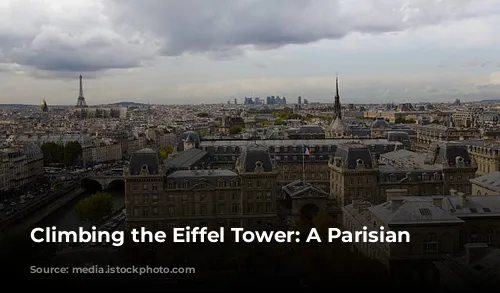
Secure Your Tickets in Advance
Don’t underestimate the power of pre-booking! Arriving without a ticket can mean hours spent waiting in line, especially during peak seasons like summer. Online reservations are a lifesaver. It’s easy and free to book a ticket online, but be sure to plan ahead. Tickets often sell out quickly, particularly during the summer months. Reserve your tickets at least 60 days before your visit, as slots open up at 8:30 Paris time.

Ticket Options: Choose Your Adventure
Selecting the right ticket is essential to tailor your experience. The elevator to the summit offers breathtaking panoramic views. However, if you prefer a more leisurely pace, consider taking the elevator to the second level. For the adventurous, climbing the stairs to the first or second levels is a rewarding option. Remember, reservations are nonrefundable, so be sure of your date and ticket type.

Alternative Routes: Skip the Lines
If the summit is sold out, don’t despair. Tickets to the second level are often available. Last-minute access can be secured by joining a guided tour, which often includes skip-the-line privileges. Alternatively, reservations at the tower’s restaurants can grant you entry, though dining at Jules Verne comes with a steeper price tag.
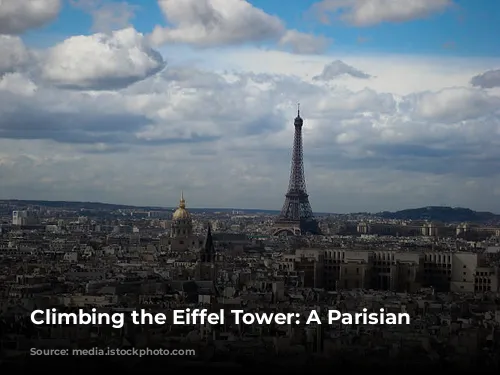
Timing is Everything: Peak Views and Light Shows
Maximize your visit by planning your arrival around the best times to experience the tower’s captivating allure. For breathtaking sunset views, aim for the twilight hours, when the city lights begin to twinkle. The Eiffel Tower’s hourly light show is a spectacle best enjoyed from below, from the grassy park or Place du Trocadéro.
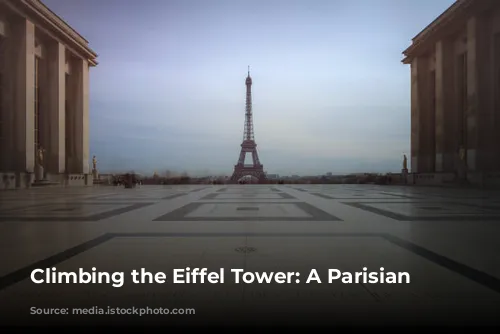
Budget Your Time Wisely
Expect to dedicate a significant amount of time to fully immerse yourself in the Eiffel Tower experience. Plan for at least three to four hours, particularly during peak season. Allow ample time for queues, the ascent, and leisurely sightseeing. If you have a reserved entry time, arrive at least 30 minutes early.
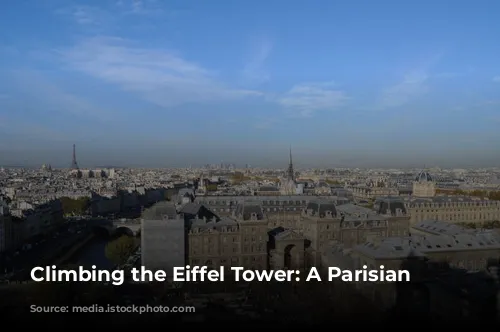
Safety First: Be Aware of Pickpockets
The Eiffel Tower attracts visitors from around the globe, and unfortunately, this can also attract opportunistic thieves. Stay vigilant, especially in crowded areas. Keep valuables hidden securely under your clothes, and be mindful of your belongings.

Exploring Every Level
The Eiffel Tower boasts three levels, each offering unique perspectives and experiences. The first level provides a glimpse into the tower’s history through interactive exhibits and shops. Venture onto the glass floor for an exhilarating experience. The second level offers breathtaking panoramic views of Paris. To reach the summit, you’ll first need to take an elevator or climb to the second level, followed by another elevator ascent.
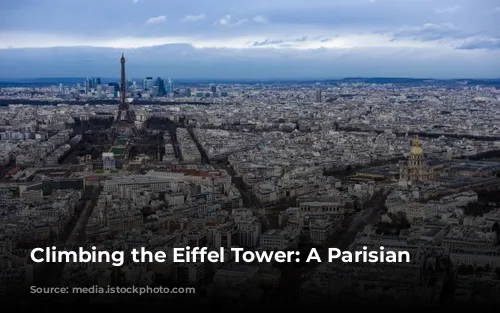
A Peek into History: Gustave Eiffel’s Apartment
Hidden within the tower’s upper levels is a secret apartment, the former residence of Gustave Eiffel. This private sanctuary was a haven for quiet reflection and occasional guests. Though closed to the public, visitors can peek inside and imagine the life of the tower’s ingenious creator.
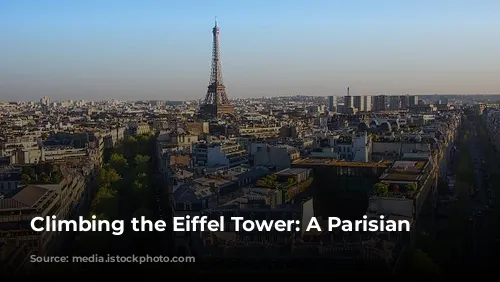
The Charm of the Second Level
For those seeking the ultimate Parisian vista, the second level offers the perfect vantage point. High enough to embrace the city’s entirety, yet intimate enough to identify iconic landmarks. Don’t miss the first level, with its exhibits, shops, and vertigo-inducing glass floor.
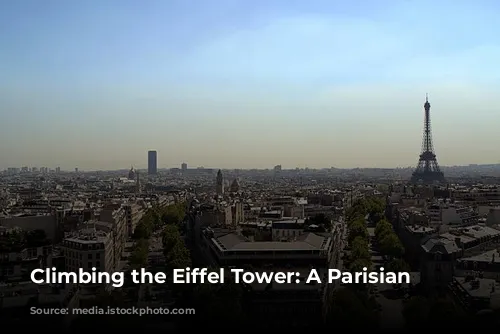
Descending in Style: Embracing the Stairs
The Eiffel Tower’s elevators are notorious for long queues, especially during peak hours. Consider descending the stairs for a more leisurely journey. While the elevator is the only option from the summit, you can take the stairs from the second level down to the first. The walk is a memorable way to experience the tower’s grandeur, and it’s significantly quicker than battling the elevator line.

A Final Glance at Parisian Majesty
Once back on the ground, take a leisurely stroll across the Seine River to Place du Trocadéro. Turn around, and you’ll be greeted with a breathtaking view of the Eiffel Tower, a timeless symbol of Parisian charm and engineering marvel.
